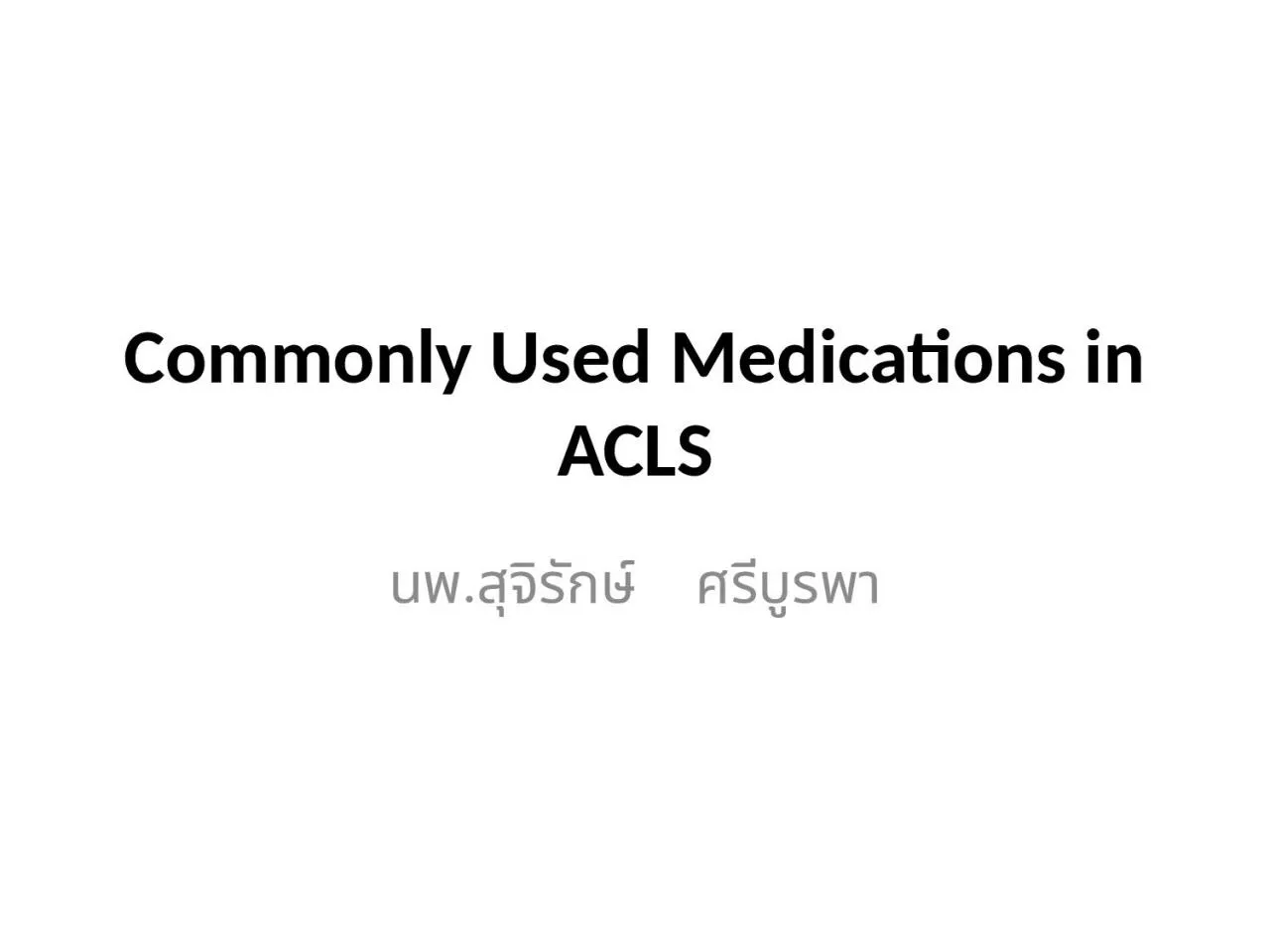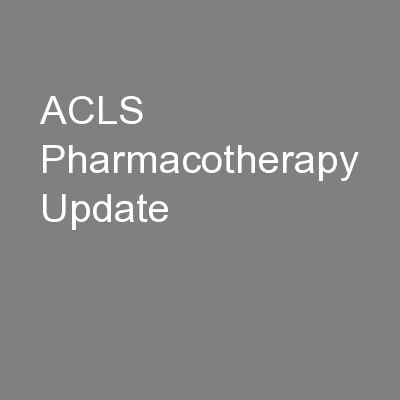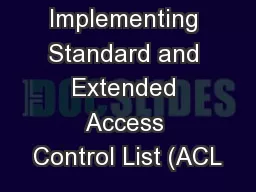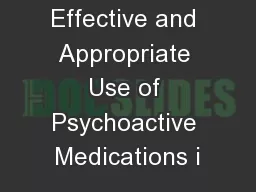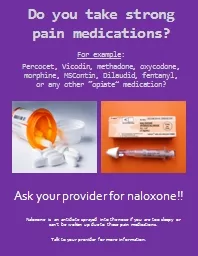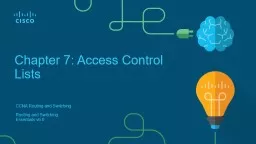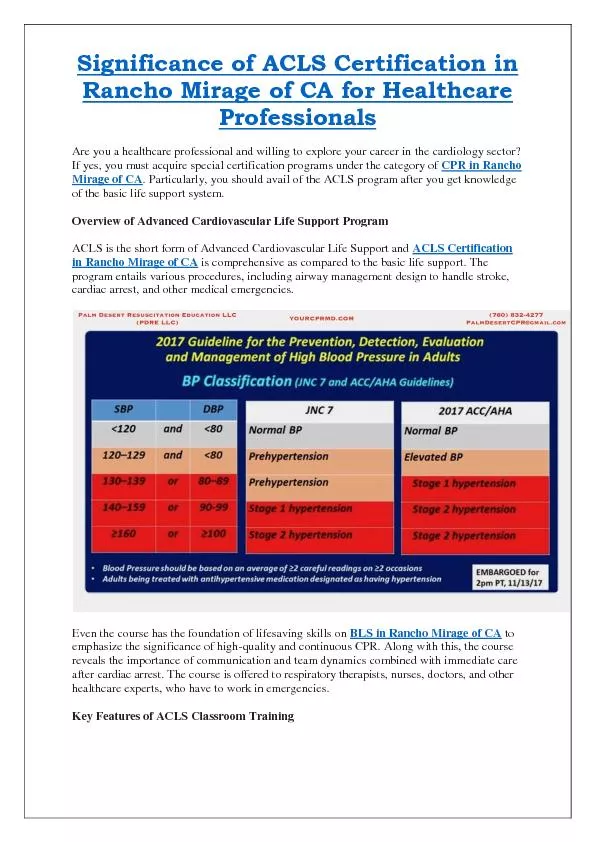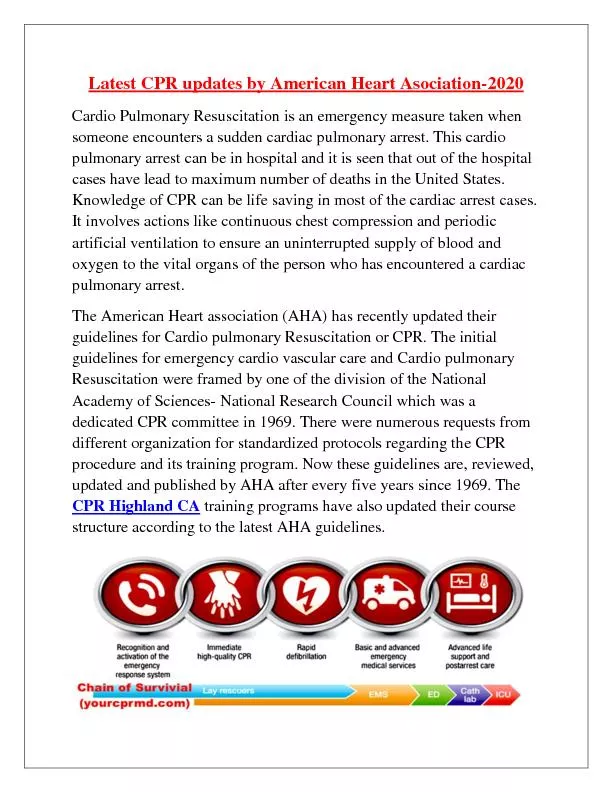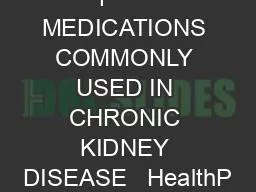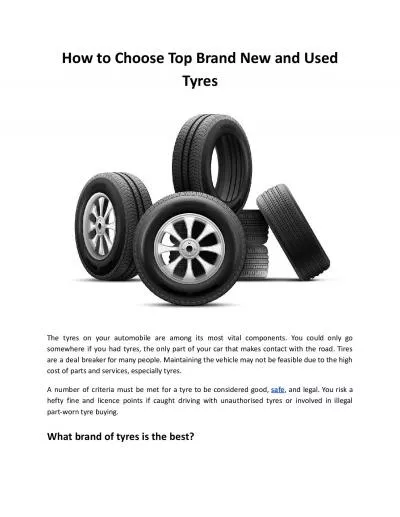PPT-Commonly Used Medications in ACLS
Author : tabitha | Published Date : 2023-11-19
นพสจรกษ ศรบรพา Adenosine Uses Supraventricular Tachycardia SVT Dosage 1st dose 6 mg rapid IV push followed by saline bolus 2nd dose
Presentation Embed Code
Download Presentation
Download Presentation The PPT/PDF document "Commonly Used Medications in ACLS" is the property of its rightful owner. Permission is granted to download and print the materials on this website for personal, non-commercial use only, and to display it on your personal computer provided you do not modify the materials and that you retain all copyright notices contained in the materials. By downloading content from our website, you accept the terms of this agreement.
Commonly Used Medications in ACLS: Transcript
Download Rules Of Document
"Commonly Used Medications in ACLS"The content belongs to its owner. You may download and print it for personal use, without modification, and keep all copyright notices. By downloading, you agree to these terms.
Related Documents

